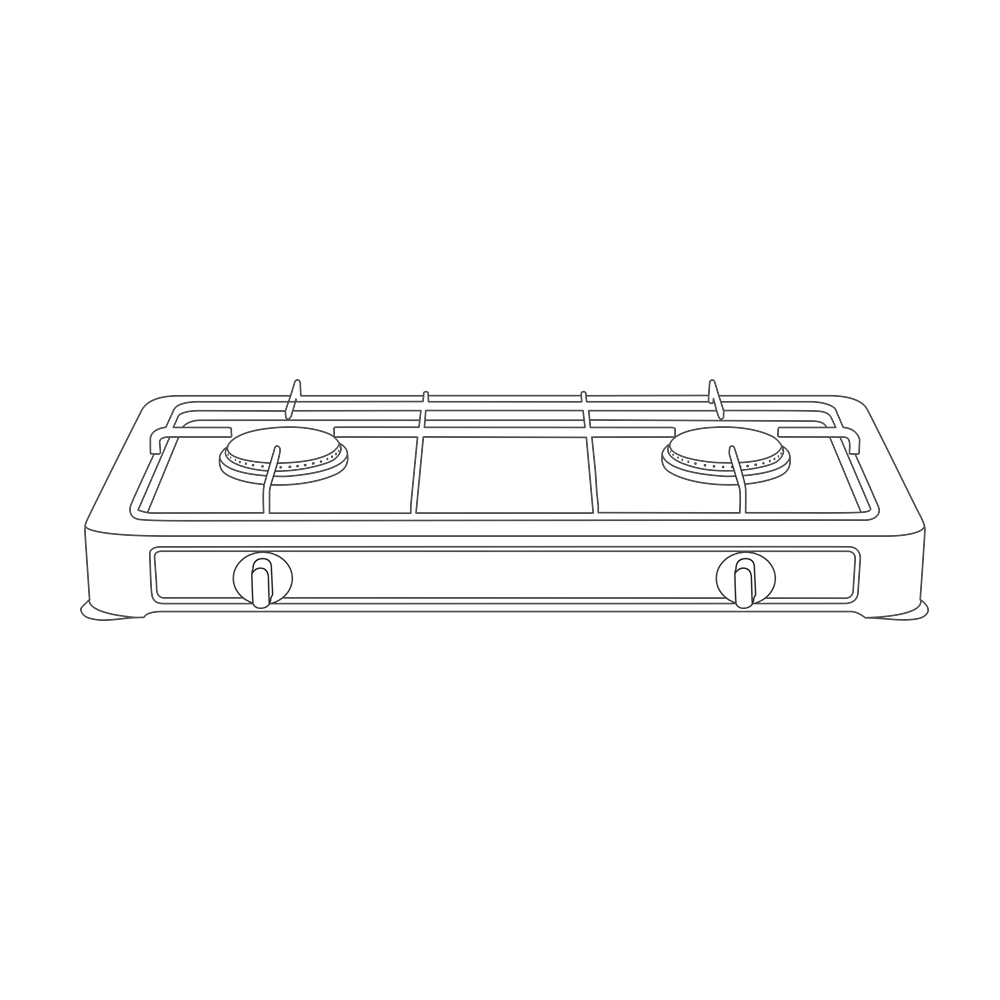9 Easy Gas Hob Cooking Tips
If you've recently switched from an electric to a gas range, you might be interested in some gas range cooking tips.
Cooking with a gas hob is simple, but there are a few things you should know.
In this article, we'll take a closer look at several gas hob cooking tips.
Gas hob cooking tips
What are your preferences? If you answered gas, congratulations. There are a few things you should know.
Because safety is as important as a delicious meal, we decided it might be a good idea to share some top tips for staying safe while mastering your gas hob. So, whether you've been using an electric cooktop and are now switching to gas, or you're a novice cook ready to learn how to effectively manage a gas cooktop, we've got 9 easy gas cooktop cooking tips for you.
1. You may have natural gas or propane
Gas hobs do not distinguish between gas. You probably get two types easily: natural gas and propane. If your home was designed with this in mind, there is no need to worry. Most gas hobs can handle both or will come with a conversion kit that lets you switch.
Remember, there is no real difference between the two gases, it's just a matter of personal preference and convenience.
2. The gas heats up faster because the flame is the heat source
If you've ever watched a pot of water boil, then you know it can take a long time. If you do, then you probably have to burn the pan on an electric stove. Why? Gas hobs heat up much faster than electric stoves.
See, the electric stove has to heat the burner, which in turn heats your pan, which ultimately heats the food inside. For gas hobs, the flame itself is the source of heat. This means you don't have to wait for the burner to get hot - your pan will start feeling the heat right away.
3. When you turn off the burner, you turn off the heat
Are you used to cooking with an electric stove? If so, then you know that when you turn off the burner, you can still keep your food warm in a sense because the burner is hot. In fact, you may even find that your food continues to cook.
This is not the case at all with gas hobs. When you turn off the burner, you turn off the flame. Also, when you turn off the flame, you turn off the heat.
4. Slow cooking can take some practice
One of the things that many people encounter when using a gas hob is how to stew. It takes some practice. You will find that your pan will continue to heat up when you turn the heat down. Then you try to turn the flame down and it goes out. You relight and try again.
Eventually, with practice, you will find the perfect setting for the simmer function. You'll also learn that if a recipe tells you to cook on high heat, you may want to keep your gas hob on mid-range. Yes, it heats up nicely.
5. Know the smell of gas and how to turn off the gas
As for safety, it's important to know the smell of natural gas and propane (depending on what you have). While leaks are very rare, they are possible. You need to be able to identify it. Also, it is important to know how to turn off the gas. Take a moment to understand where the valve switch is and how to use it before you start cooking.
6. Watch out for flames
Remember, you are cooking with an open flame. You need to pay attention to this. With an electric stove, something wrongly placed on the burner can be affected by the heat before the fire starts. However, with gas hobs, the flame is heating. So if something comes into contact with it, a fire can start very quickly.
Be sure to pay attention to kitchen towels, oven mitts, long hair, loose clothing, etc. Also, get in the habit of turning off the stove when removing the pot from the stove.
7. Keep it clean
Cooking can get messy no matter how hard you try. Food splashes, drips, spills, etc. While you might want to ignore the mess, or trust that it will burn up the next time you turn on the oven or stove, you're putting yourself in a potentially dangerous situation.
The next time you go to light your burner, the leftover bits of your cooking could actually catch fire. So pay attention to cleaning after each use.
8. When baking, consider rotating your pans
One of the biggest complaints bakers have is uneven heating in a gas oven. Unless you have a convection fan, you may find that one side of the food bakes faster. To prevent food from being overcooked or undercooked, consider rotating the pan throughout the baking process.
This will help expose each side to the heat evenly.
9. Choose a professional-grade range
Finally, if you want to get the most enjoyable cooking and baking experience out of your gas hob, you'll want to consider buying a professional-grade one. Initially, you may notice a slightly higher cost than your regular home range. Over time, however, you'll find that the joy of cooking on your new collection far outweighs the price.
The above briefly introduce a few cooking skills for gas hobs. If you want to buy a gas hob, please contact us.
Greaidea is a professional custom gas hob manufacturer. In our R&D department, 16 engineers are employed to guarantee our R&D advantage and continuous improvement. Spend 3% of revenue on research and development each year. With an excellent manufacturing team and quality control team, we can achieve an annual output of 800,000 gas hobs and 300,000 range hood products of the best quality.
Offers you the flexibility you need to make all your favorite dishes faster with a high standard safety.
Offers you the flexibility you need to make all your favorite dishes faster with a high standard safety.
Offers you the flexibility you need to make all your favorite dishes faster with a high standard safety.















